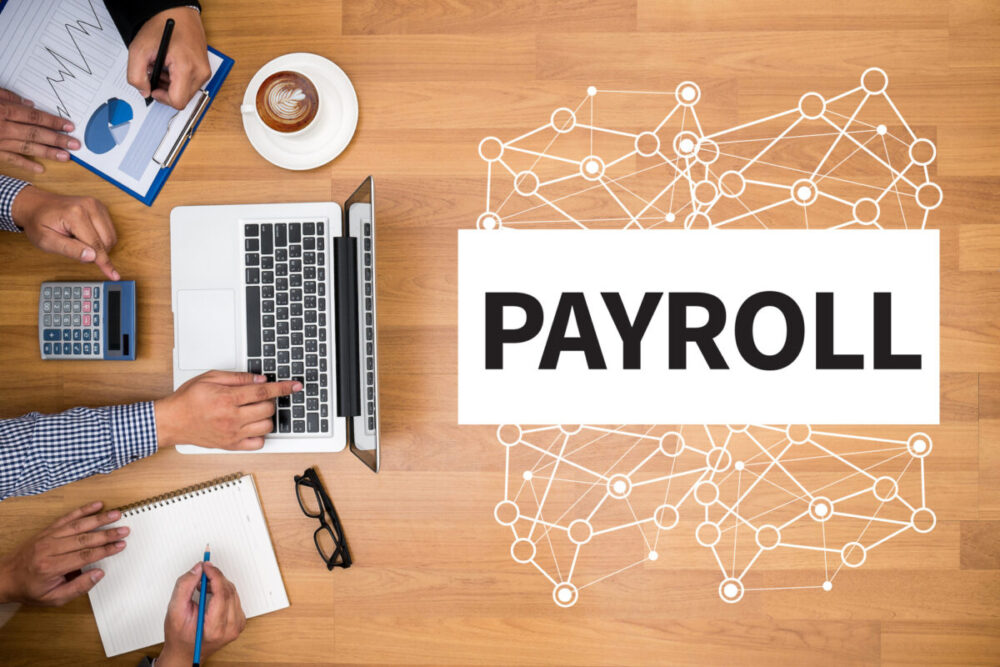Payroll is something that is unavoidable for any business, whether it is a multinational corporation with thousands of employees, or a corner shop with just half a dozen, as everybody needs to be paid! However, it can be an incredibly daunting process, especially for small businesses.
The intricacies of the system often mean that small firms outsource the work at a great cost when, in reality, they could be handling it themselves, given a little bit of expert knowledge. To save time and money, we have put together this guide on how to do your own payroll, which should be a valuable help to the thousands of small businesses that are setting up as a direct result of the impact that the Coronavirus has had on people’s lives, so read on to learn more.

Understand legal responsibilities
When you get to the point where you need to start hiring employees, it is extremely important that you learn all of your legal responsibilities. This information can easily be found from government websites, and once you understand your obligations, you will be better set to start your payroll. Are you going to pay your employees a salary or an hourly rate? Will you pay them weekly or monthly? How will overtime be worked out, and what about holidays and time off? All of these questions will need answers before you start hiring, so make sure you are well prepared, and then the process of actually handling your payroll will become much easier.
Factors to Consider Before Managing Payroll In-House
Before deciding to manage payroll in-house, small businesses should carefully consider several factors. First, they need to assess their knowledge and expertise in payroll processes and regulations. Adequate training or hiring skilled personnel may be necessary. Second, the available resources and technology should be evaluated to ensure they can handle payroll tasks efficiently. The size and complexity of the business also play a role, as larger organizations may find it more challenging to manage payroll in-house. Finally, businesses must consider their ability to comply with legal and tax obligations, as payroll mistakes can lead to penalties. A thorough evaluation of these factors will help determine if in-house payroll management is the right choice.
Choose a platform or accounting system
Once you have understood your legal responsibilities, it is time to choose a platform or system that can handle your needs. The payroll experts from Zenefits recommend using a system that links into your HR database so that you run the two processes side-by-side, creating synergies. This way, you can keep track of any pay rises or benefit changes as well as requests for time off and tracking the hours that have actually been worked. Bringing all these processes under one umbrella will save you time and costs and helps make the administration side of your business run more efficiently. You can do it from your desktop, or you can use an app to handle everything, so there are no excuses even for the more technologically challenged amongst us.
Collect documentation
Before you can onboard new employees and start to pay them, you need to collect certain legal documents to make sure that you are paying them the right amount. And also, more importantly, deducting the correct levels of tax and national insurance. Furthermore, they must have the right to work in your jurisdiction, so you may need to see appropriate visas and will need to obtain a national insurance or social security number to understand if they are registered in the national system or not.

Pay your employees
Once you have your employees legally set up in your system, it will be time to pay them at the end of the first week or month. You will need to liaise with your employees to find out if they want to be paid via direct debit to their bank account or whether they would prefer a cheque. Everybody’s situation is different, and some people don’t have bank accounts, so never assume anything at this stage. Instead, always talk to your employees about what works best for them.
Account for deductions
Besides payroll taxes and national insurance that you will deduct and pay on your employees’ behalf, some employees might have legal deductions that must come out of their gross salary. This information will come to you via their national insurance or social security number. Deductions might be due for several reasons, from paying fines issued by the courts to child support payments. It is very important that you follow these deductions. As an employer, it is your obligation to ensure that your employees are paid the right amount, but that the Inland Revenue is also paid what it is due. No one likes to be on the wrong side of the taxman, so take extra special care!
Pay your payroll taxes
It is not just enough to deduct taxes from your employees, you then must actually pay these deductions to the state, or you will be committing a crime. Your accounting system or platform will tell you the exact amounts that you owe, and usually, these are due at the end of each accounting period, which, more often than not, comes monthly. Your obligation as an employer is to ensure that you have sufficient funds to pay all your payroll taxes. Otherwise, you will find yourself in extremely hot water and will have the authorities chasing you, which at worst could lead to bankruptcy and possible criminal charges.

Create a register
Once you have your payroll system up and running, it is important that you create a register of all the details. If you are investigated by any chance, you can prove to the authorities exactly what you have been doing. This register should include all the payroll data for all employees, including deductions and any changes to their circumstances, such as pay raises or bonuses. Having this information on hand also makes the administration of your payroll that little bit easier. That is what you are trying to do by handling payroll yourself, so try and make life as easy as possible for yourself.
As we have discovered, it is perfectly possible to handle the payroll of your small business by yourself. Ensure you know your obligations from the outset, collect the appropriate documentation, and choose a platform or app that will help you manage your HR at the same time. Pay your employees in the agreed time frame and then make sure that you pay the employee taxes and insurance contributions to the Inland Revenue as soon as they make the demand. Create a register of all the information, and then you are well set to run your payroll for years to come without having to pay the costly fees that payroll specialists typically charge.





